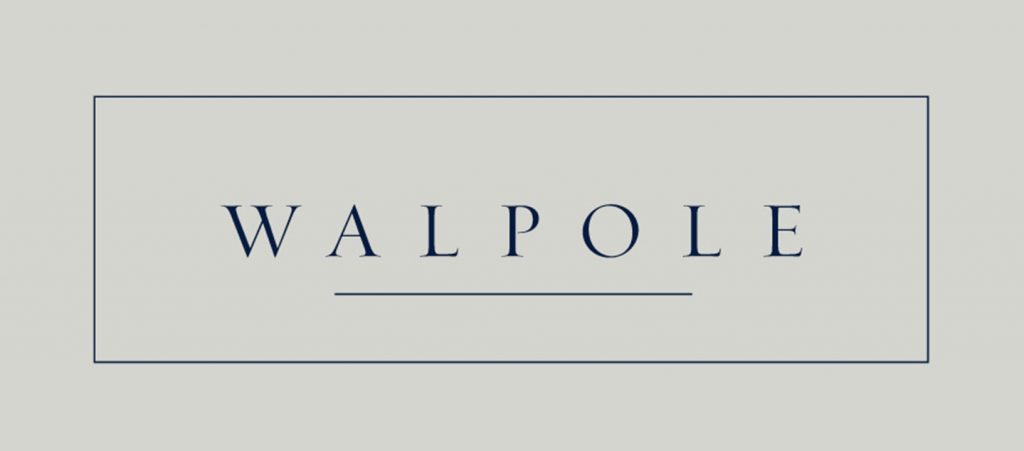
Semana passada fui a Londres para participar do Walpole Summit sobre as Americas. A Walpole é uma organização non profit para associados pertencentes a companhias de luxo britânicas. Neste summit, o objetivo era entender mais sobre o norte e sul america e seu potencial como consumidor deste setor.
Lógico que Brexit, Trump e impeachment estavam na mente de todos. Com esta instabilidade, como devem se comportar? Eles sentem que tem potencial e que devem se internacionalizar, mas como? Seriam as Americas a solução? Engraçado ouvir isto logo depois de uma eleição que distancia o resto do mundo ao invés de incorporá-lo. Mas estamos em Londres, e lá o Brexit é um monstro misterioso que todo mundo está tentando domar.
Os USA são a esperança de todos. Estão fortes e são habituados a consumir. Mas eu me pergunto, eles conhecem o produto de luxo inglês? Antes de responder a isto, temos que definir o que é luxo. Como diz Costanza Pascolato, o luxo era raro e caro. Hoje ele só é caro. Temos que entender que uma bolsa das marcas mais conhecidas não são necessariamente luxo (vejam meu artigo sobre Masstige AQUI) Ou ao menos não o que era considerado luxo. Não existe ter que ficar na fila para comprar um produto de luxo. Não existe levar uma bolsa de luxo para arrumar e ser tratado com desdém. Serviço e conforto devem fazer parte da equação, e neste caso não fazem. Uma bolsa de luxo não pode ser produzida em massa. Estes são pontos importantes a definir. O que querem vender aos USA e ao mundo (inclusive o Brasil) é o super luxo dos poucos e grandes artesãos ou é o que temos que definir como masstige?
Outra coisa. Falou-se muitíssimo sobre o novo consumidor de alto luxo ser o Millennial (ou geração Y). Esta é uma pessoa que possui o seu primeiro artigo de luxo, em média, aos 24 anos. Ao contrário da geração X e dos baby boomers, eles o ganha de presente. Ele cresce no luxo e a sua intimidade com ele é grande. Habituado ao luxo, a sua é uma busca de experiência única e não o luxo de massa, tanto em produtos quanto serviços.
Por exemplo, iates. Esse é um produto de altíssimo luxo que não dá retorno no teu investimento (como uma casa pode dar). Mas oferece uma experiência. E tudo que pode ser associado a essa experiência também vira produto de alto luxo. Usaram o exemplo do pedido de casamento feito no barco. Tanto o anel, quanto o iate ganham em valor por causa da associação das experiências.
O super luxo é parte do desejo inconsciente do millennial, mas também o sharing (dividir) e sustentabilidade. Ele não sente a necessidade de ter um carro, já que PODE, querendo, ter qualquer um. Ele preferirá um self-driven car (o carro que se dirigirá sozinho). Porém esse deve chegar com todas as suas especificações prontas, como ar condicionado no ponto certo, as música que ele gosta, o assento ao seu tamanho e as destinações pre-inseridas. No iate, ele quer que o lixo seja reciclado, ou algo assim.
Mas como pode o pequeno produtor inglês de luxo vender a estes grandes e complexos mercados (nem começamos a falar da dificuldade tributária e burocrática alfandegária brasileira)? Ao meu ver com o piggyback (nos ombros, na carona). Por que não ser a marca que o iate, ou até o clube de polo, oferece de cobertores de cashmere, cestas de piquenique, copos de cristal, ou talheres de prata?
Também sugeri que no Brasil as marcas não se concentrassem só em São Paulo que já está saturado de eventos e marcas. Brasília, Recife, Goiânia, Rio Preto, Uberlândia são só alguns dos centros com potencial de compra e sede de produtos e informação! Vejam os Estados Unidos. Continuam sendo um grande mercado, mas não com as mesmas cidades do passado! Silicon Valley por exemplo é um enorme novo mercado, mas com o seu também novo perfil.
O valor intrínseco do grande produto de luxo precisa de pouca explicação. Ele é tão maravilhoso… Mas conseguir fazer com que ele seja conhecido é muito mais difícil e importante. Isso seria a distribuição não só do produto, mas também da marca. Tem que ser feito de uma forma íntima, aos novos consumidores, pois é um produto único. Nada é mais eficiente do que o boca a boca de alguém dentro da tribo de quem consume alto luxo. Portanto a publicidade em massa acompanha o produto de luxo de massa. Já o produto de alto luxo exige uma atenção diferenciada. Pede lealdade ao consumidor e para isso dá enorme serviço e qualidade.
As palavras que mais ouvimos foram:
Millennials
Experiência/Emoção
Autenticidade/Consistência
Exclusividade
Tradição/Valor
Isso por si só já deveria explicar tudo!
Adorei participar deste prestigioso Summit. Aprendi muito!
Se não conseguir abrir, por favor clique AQUI.
EM INGLÊS
Last week I was invited to participate in the Walpole Summit on the Americas in London. Walpole is a non profit organization whose members are British luxury companies. This summit’s aim was to understand if and how north and south America can be potential consumers.
Of course Brexit, Trump and the brazilian president’s impeachment were on everyone’s mind. With this instability, how to behave? The potential is quite obvious and the aim is to internationalize, but how? Would the Americas be the solution? Interesting to hear this soon after an election that distances the rest of the world rather than incorporate. But we are in London, and there Brexit is a mysterious monster that everyone is trying to tame.